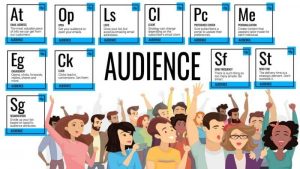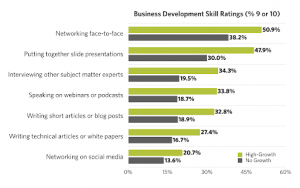Every company has their own process when it comes to getting employees trained and acclimated to the job, and many swear by the ‘sink or swim’ method. Ostensibly, this method does hold a lot of promise: it allows employers to see who’s doing well quickly and it gives the employees who can handle it a sense of accomplishment when they’re able to complete the workload. But you may miss out on some of the advantages select new hires offer because you only see certain skills rather than the full package, and you may cause the succeeding employees to resent the cut-throat attitude.
Here’s why you might want to start slow instead.
Manage your expectations knowing they’ll encounter roadblocks
It’s always hectic at the beginning of a new job, and this is especially true if you have an organization that has a lot of contingencies. For example, let’s say your fulfillment processes differ depending on whether or not you’re dealing with a high-level or low-level client. Some businesses have dozens of nuances that come up on a daily basis, and this is going to be a lot for even the most experienced candidate to remember and become familiar with. This can negatively impact an employee’s performance before they even have a chance to begin their first sale.
Assign a dedicated sales mentor or trainer
Instead of giving new employees a lecture they’re likely to forget or teaching them everything in abstract terms, appoint one person to help employees get up and running. This person should be organized and, above all, should enjoy helping other people do better in their jobs. New employees are not going to want to approach three different co-workers they just met the day before to ask what they fear are embarrassingly amateur questions. This way, new hires have a chance to develop a real relationship with someone right away, and they can grow in confidence knowing they have a resource that works every time.
Start with low-hanging fruit
No matter what type of sales your company does, the process is an exercise in patience. The average salesperson spends about six hours to make one appointment. Depending on what type of sales you do though, there are certain accounts that are easier to close than others. Sometimes it makes sense to have the employees get their feet wet with a win rather than several defeats.
Humans can maintain their motivation if they manage to consistently accomplish small goals, and the initial uplifting feelings can be just what they need to propel them into the more difficult and time-consuming accounts later. Look at it as an investment in their overall future.
Remember that turnover impacts the customer experience
Starting slow will help to guarantee that your employees stay with the company. Turnover does not sit well with clients, regardless of how adaptable or flexible they seem. Even if a salesperson only stays for a month or so, they’re likely to have come into contact with a customer and that can wind up making buyers nervous about company practices. Facts and stories get lost when you have several people working with an account, and it’s a frustrating experience for everyone. When employees feel their employer is looking out for them, they are far more likely to look out for the clients as well.
The good news
Thankfully, it’s likely you won’t feel like you’re settling for subpar employees who are unable to keep up. Of all of the jobs in the U.S., 13% of them are sales positions, meaning this is a skill that employees value and want to excel at. After weeding out talent that underwhelm during the interview process, you may refocus your efforts on starting slow with those who already have the experience and fortitude that will allow them to arrive at your organization ready to nurture leads and close sales.
Business & Finance Articles on Business 2 Community(52)







